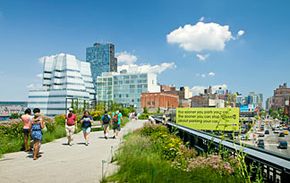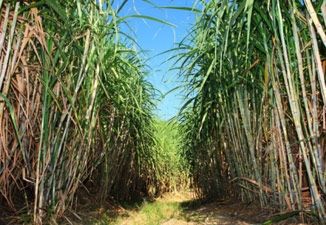Key Takeaways
- Enhancing electric vehicle use by expanding charging infrastructure and adopting uniform charging connectors can significantly reduce carbon emissions.
- Developing green highways that utilize sustainable materials and designs, such as permeable pavements and recycled construction materials, can mitigate environmental impacts.
- Promoting smart growth in urban planning reduces the need for car travel and supports more sustainable transportation options like biking and public transit.
Sometimes, the best definition of a concept can be found by describing what it is not. When it comes to the idea of a green transportation infrastructure, that’s pretty easy. All one has to do to get across the idea is to highlight the experience virtually all of us have shared at some point in our life (and for millions of Americans it can be literally an everyday experience): sitting in our motionless cars on a jam-packed highway as the vehicles spew emissions and pollution into the air.
As has been demonstrated repeatedly, a transportation infrastructure based around individuals in automobiles contributes to global warming, pollution, health problems and energy insecurity. Conversely, the idea behind a green transportation infrastructure is one that provides opportunities for people to get around their communities using their own power -- such as walking or biking -- or by other more environmentally sensitive means, like trains or buses. “A truly green infrastructure is one that residents enjoy, provides durable and inexpensive mobility and addresses the underlying conditions from which our energy crises arise,” says Ozzie Zehner, a visiting scholar at the University of California, Berkeley and author of the upcoming book "Green Illusions".
Advertisement
Even in cases when it’s difficult or impossible to remove the car from the picture entirely, there are ways to green our transportation infrastructure and simultaneously improve our health and quality of life. Click ahead to find out one way to improve what’s already in place.

